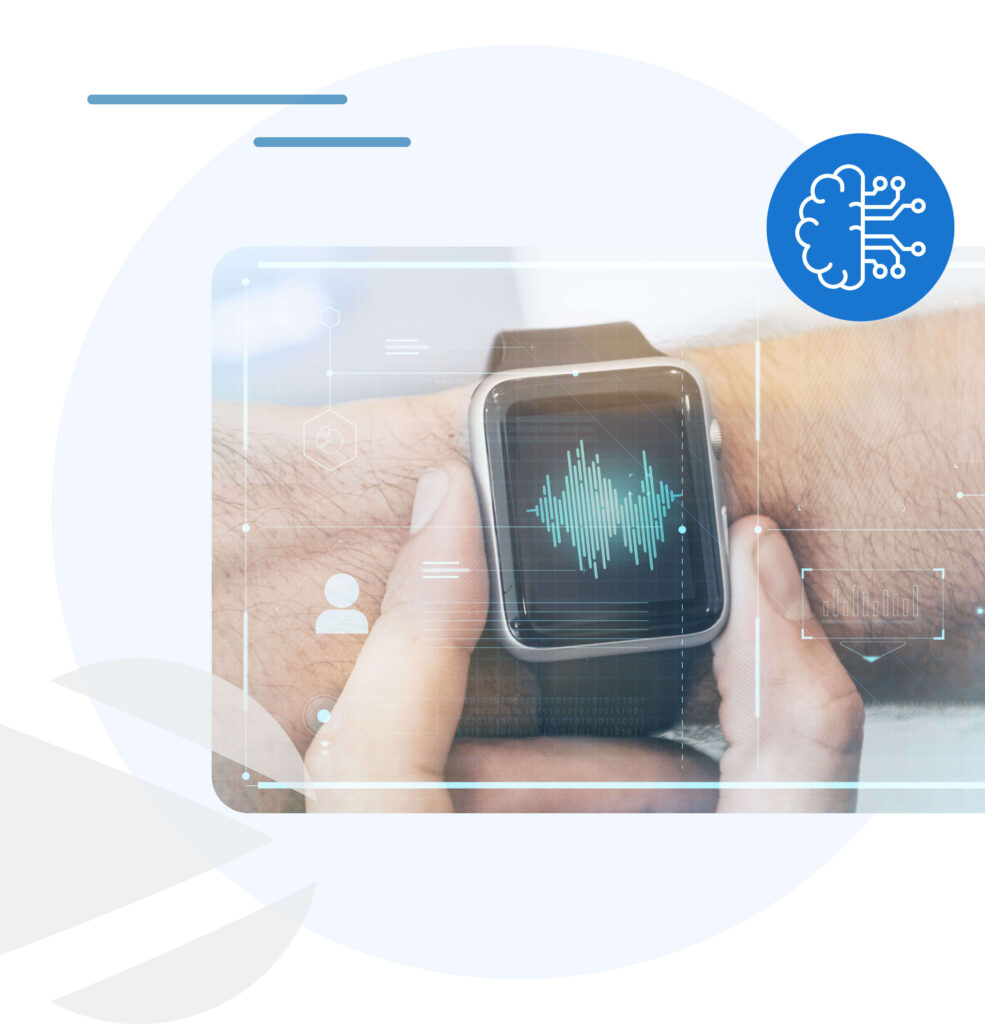Recent News: DNAMIC announced Number 1 of the Top Costa Rica Custom Software Developers by Clutch.co – Learn More Details
Recent News: DNAMIC announced Number 1 of the Top Costa Rica Custom Software Developers by Clutch.co – Learn More Details
Detection Accuracy: Achieved 92% accuracy in AFib detection, validated against clinical benchmarks.
Engagement: Over 80% of users reported improved awareness of their cardiovascular health within the first three months.
INDUSTRY: Healthcare, Health Technology and Diagnostics, Medical Devices
SOLUTION: Advanced Data & AI Solutions
PLATFORM USE CASE: Delta Lake, data science, machine learning, ETL
CLOUD: AWS

Our client is a leading US-based HealthTech company with over 15 years of experience in the market. Their flagship product, a wearable health technology platform, has achieved widespread success with more than 5 million installs across iOS and Android devices in the United States. By leveraging smartwatch data for real-time cardiovascular health monitoring, this innovative solution enables the early detection of chronic conditions such as atrial fibrillation (AFib).
To address the increasing demand for remote patient monitoring and predictive analytics in healthcare, the company partnered with DNAMIC, a leading data solutions provider. Together, we utilized Databricks on AWS to build a scalable, HIPAA-compliant system that processes high volumes of healthcare telemetry data and delivers actionable insights to improve patient outcomes and reduce healthcare costs.
The goal of the partnership was to develop a long-term, scalable AI-powered data platform, focusing on:
DNAMIC’s task was to design and implement a platform that seamlessly integrated with the wearable solution, ensuring secure, compliant, and efficient handling of sensitive health data.
The platform was built using Databricks on AWS, combining machine learning for diagnostics with scalable cloud solutions to process large volumes of wearable health data.
The implementation has laid the groundwork for ongoing innovation, with opportunities to:
This collaboration successfully transformed wearable data into actionable insights, powered by Databricks on AWS. The scalable, AI-driven solution not only improved diagnostic accuracy and patient outcomes but also positioned the client as a leader in digital health innovation. This case study underscores the potential of combining advanced data engineering and AI for medical devices to revolutionize patient care.
Ready to Transform Your Data Into Actionable Insights?, Mariel Lozano will help you estimate your data project.

Healthcare
Bioinformatics
Genomics
Pharmaceuticals
Biotechnology
Medical Devices
Health Informatics
HealthTech
DNAMIC | Databricks Data Solutions is a premier data services and technology company dedicated to transforming the healthcare and life sciences industries through data-driven AI solutions.

Healthcare
Bioinformatics
Genomics
Pharmaceuticals
Biotechnology
Medical Devices
Health
DNAMIC | Databricks Data Solutions is a premier data services and technology company dedicated to transforming the healthcare and life sciences industries through data-driven AI solutions.
San Diego, California, United States
This will close in 0 seconds
This will close in 0 seconds
This will close in 0 seconds